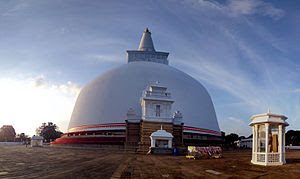Swami Shraddhanand: The great Hindu Reformist
Swami Shraddhanand was a leading member of the famous reform movement Arya Samaj and tried his best to propagate the ideals and teachings of Swami Dayanand Saraswati, who founded the movement in 1875. A nationalist leader from Punjab, he strove hard to reform Hinduism of purging it all later degenerate features that had crept into it. A successful lawyer and great educationist, Shraddhanand plunged headlong into the freedom movement. He started a weekly, Satya Dharma Peacharak , from Jalandhar and in 1902 founded the Gurukula at Kangri near Haridwar (now in Uttrakhand and an important place of Hindu pilgrimage). During the anti-Rowlatt Act agitation, he joined the National Movement and was the Chairman of the Reception Committee of the Amritsar session of the Congress in 1919. Shraddhanand was a liberal social reformer who advocated widow remarriage and female education and opposed child marriage and caste discrimination. He was the president of the Suddhi (re-conversion) Sabha of the

